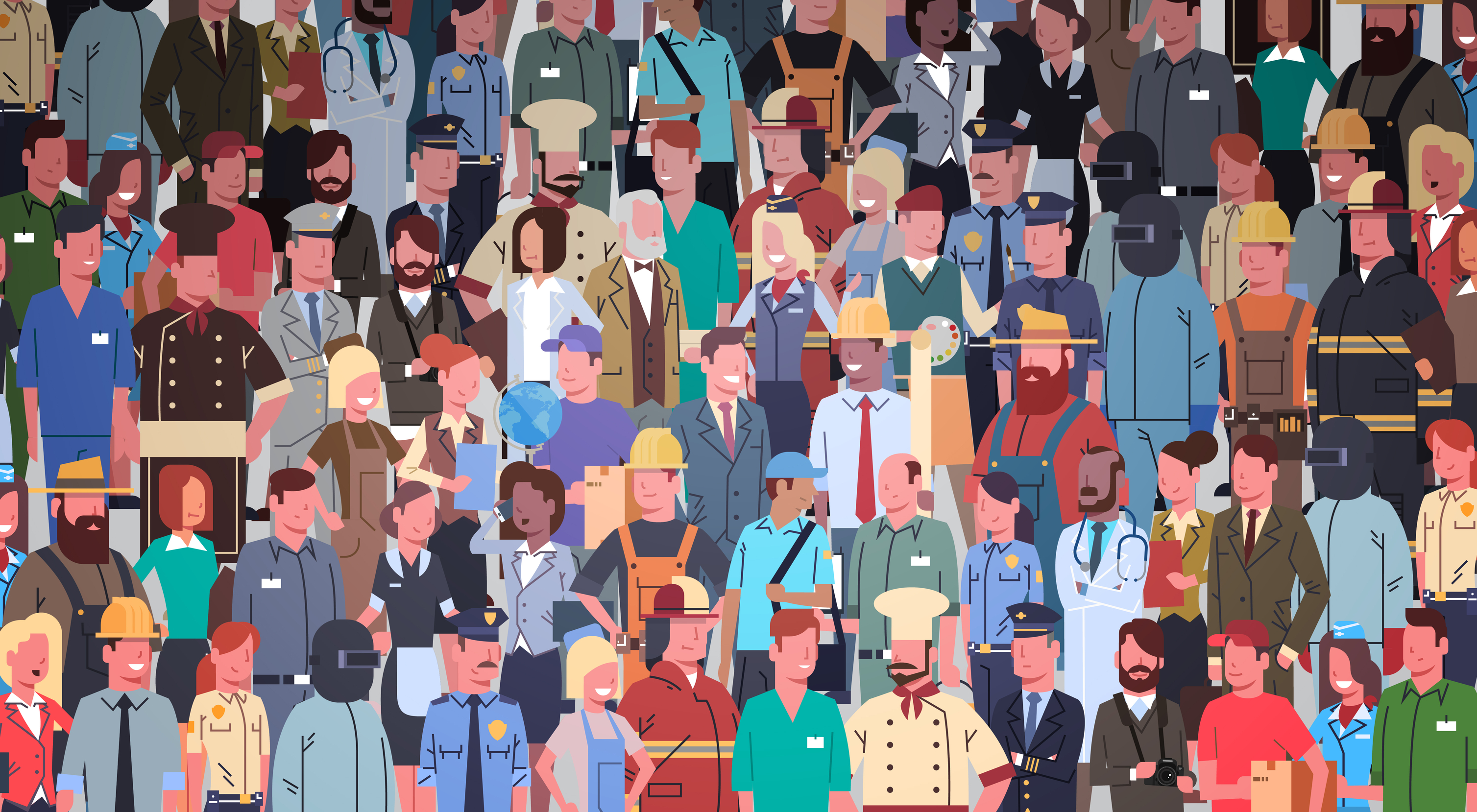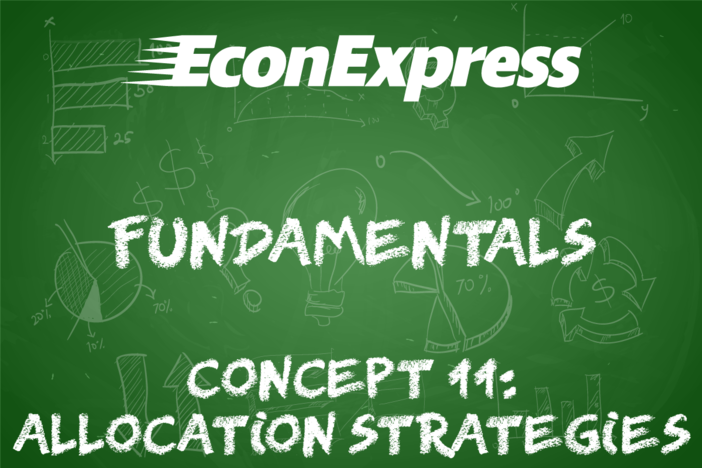Concept 27: Unemployment
Overview: The unemployment rate is one of the most important economic measurements used to determine the health of an economy. This lesson explains how it's calculated and why all unemployment is not the same.
Learn
Beginner

To understand unemployment, you must first learn about the labor force. In the United States, the labor force consists of employed adults as well as anyone 16 years old or older, who is able to work and actively looked for a job in the past four weeks. Under this definition, retirees do not count since they are not actively looking for work, and institutionalized individuals, like those in prisons or mental health facilities, do not count since they are not available for jobs outside of these institutions.
To find the unemployment rate, then, you simply divide the number of unemployed people (not working, 16 and over, able to work, and actively seeking a job) by the labor force. For example, if there were 100 people in the labor force, 95 of them had jobs and the remaining 5 were not working, able to work, and actively searching, the unemployment rate would be 5%.
Not all unemployment is the same. The intermediate reading explains various types of unemployment.
Intermediate

Unemployment generally occurs in four different categories:
Frictional unemployment refers to people who have just entered or re-entered the labor force (like a college graduate or former stay-at-home parent who starts to look for work again) or people who have relocated or left their job to look for a better job. Frictional unemployment always exists and is not usually cause for significant concern.
Structural unemployment occurs when the skills of unemployed workers are mis-matched to the jobs available. This may occur through an improvement in technology (like when robots replace workers) or when a geographic area relies heavily on a particular industry or resource that goes away (like when a coal mine runs out of coal). Structural unemployment is also a normal part of the economy, but can be problematic if widespread because fixing it requires re-training of workers which can be expensive and time-consuming.
Seasonal unemployment is exactly what it sounds like – when certain jobs are unavailable due to the time of year (ski instructors, summer camp counselors, etc.). This type of unemployment is highly predictable and often already accounted for in official unemployment reports.
Cyclical unemployment refers to unemployment that exists due to layoffs or shutdowns as a result of an economic downturn. Reduced aggregate demand means fewer goods and services are needed and, therefore, fewer workers are required to produce them. Cyclical unemployment is arguably the “worst” of the four because it can be unexpected, severe and difficult to correct.
The term full employment refers to a situation where there is practically no cyclical unemployment. Full employment does NOT mean 0% unemployment, however, as there is always some level of frictional and structural unemployment.
Advanced

Remember that the unemployment rate only counts individuals in the labor force. There are many people without jobs who are able to work but have given up looking for one. These people are referred to as discouraged workers. The number of discouraged workers tends to increase in bad economic times because it takes longer to find a job. The official unemployment rate released monthly by the Bureau of Labor Statistics is sometimes criticized because it does not count discouraged workers as part of the labor force. Politicians will sometimes include discouraged workers in their numbers and make statements like “the US has X number of people out of work.” Understanding distinctions like this not only helps you understand economics, but will help you be an informed citizen and voter as well.
To learn more about how the Unemployment Rate works, visit the Bureau of Labor Statistics Page at bls.gov.
Click a reading level below or scroll down to practice this concept.
Practice
Assess
Below are five questions about this concept. Choose the one best answer for each question and be sure to read the feedback given. Click “next question” to move on when ready.
Social Studies 2024
Describe key economic outcomes and how they are measured including economic growth using Gross Domestic Product (GDP) and real GDP; price stability using the Consumer Price Index (CPI); and full employment using the unemployment rate.
Explain the differences between seasonal, structural, cyclical, and frictional unemployment.














